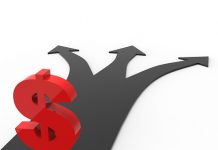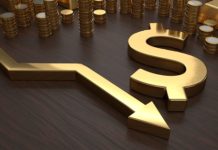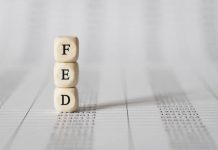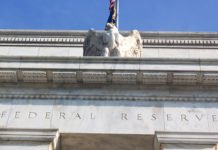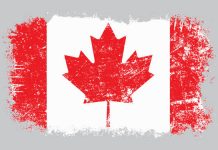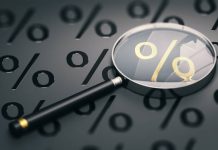The overwhelming consensus is that the Fed will hike by another 25bps at the conclusion of its meeting tomorrow. With such strong agreement among traders and economists, it’s unlikely the rate decision itself will move the markets. That is, unless the Fed shocks everyone, including its own members, by not raising by a quarter percentage point.
Therefore, the key driver for markets afterward is likely to be a somewhat more murky factor, which is future expectations. More specifically, there is likely to be a lot of focus on what Powell says following the meeting. And different interpretations of the meanings of certain phrases could produce some choppiness in the market. However, there are some general themes we can point to:
Aligning the expectations
The basic theory that the Fed operates under is that inflation is driven by people’s expectations of inflation. That means inflation will rise if people think it will, and vice versa. In order to get inflation down, according to this theory, the Fed needs to keep signaling that it will be aggressive in fighting inflation.
Even as rates have gone up substantially and are butting against where most people see the top rate will be, the theory implies that the Fed needs to keep implying that actions will be taken to keep inflation down. At least until core inflation comes into line with targets. And, for the moment that is far off. Many people have pointed to how the inflation rate has been coming down quite quickly. But the headline inflation number is normally more volatile. As far as the Fed is concerned, the core rate is more important, and that has shown to be a lot more “sticky”. As in, sticking high above the target rate, meaning the Fed needs to keep up the pressure to get it down.
The markets vs the Fed
The Fed has broadly communicated that it expects to raise rates to about 5.25% and keep them there for the rest of the year. If it were to raise rates by a quarter point tomorrow, that means one more rate hike (probably in March) and then a long pause. That assumes the US will avoid a recession (even though the Fed acknowledges a certain amount of economic pain).
The market, on the other hand, is expecting the Fed to reverse course relatively quickly, expecting that a recession will take hold at some point this year. That is keeping longer-term interest rates from going up, which means that higher rate hikes aren’t translating into as much strength for the dollar as they could have. If the market becomes more convinced the Fed will stick to the higher rates for a long time, then the dollar could get some support.
The environment matters for the currency
But the dollar trades in relation to a basket of currencies, with the biggest components being the Euro and the Pound. Both of those central banks are expected to hike by 50bps on Thursday. Meaning that any strength to the dollar from a rate hike, or even expectations that the Fed could keep hiking beyond current expectations, might be overtaken by what happens in Europe the day after.
All things considered, the general move is for higher interest rates, which typically slows monetary circulation. Which in turn makes a recession more likely. If people keep piling into treasuries as a hedge against a recession, the dollar could continue to weaken, despite rate hikes.
